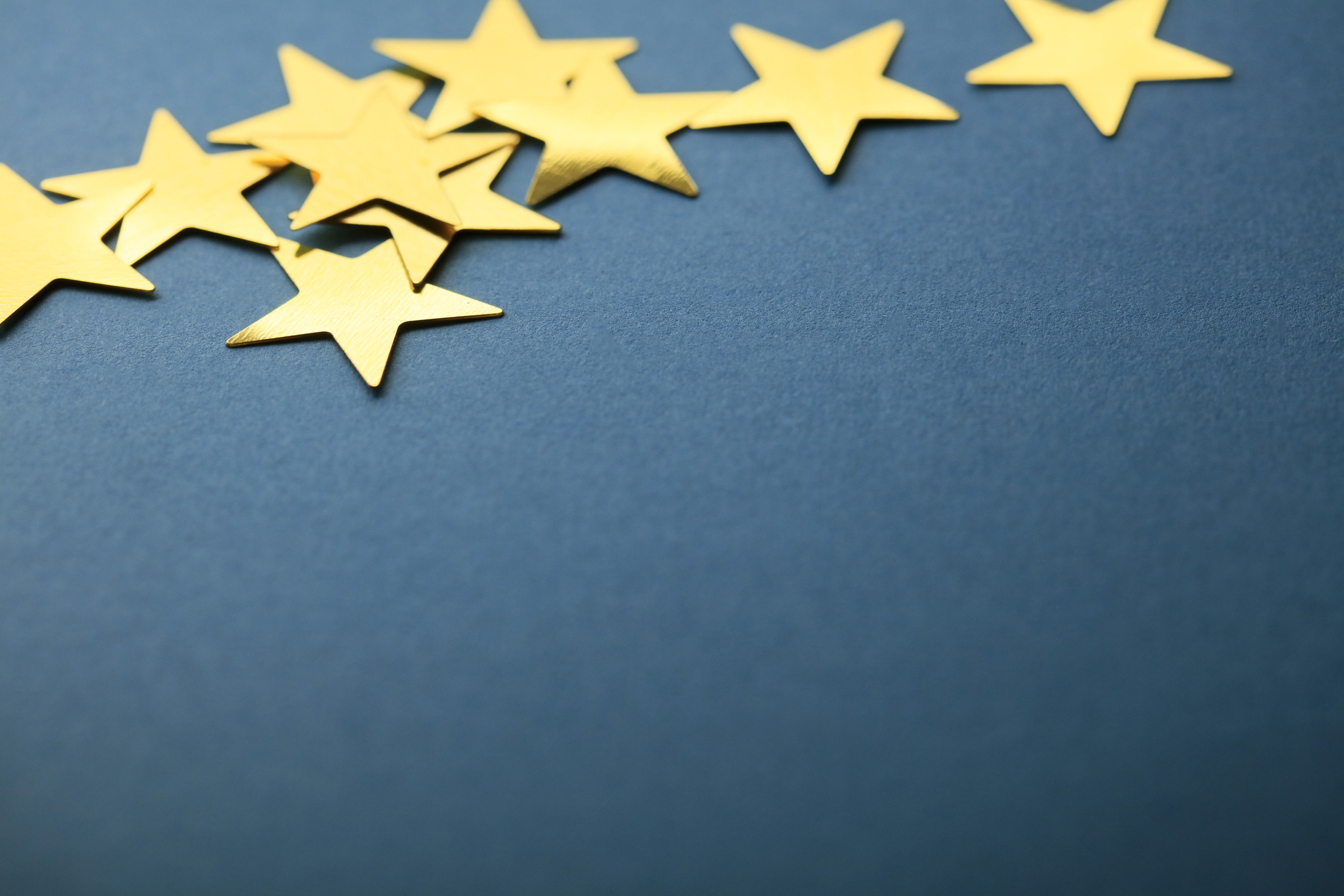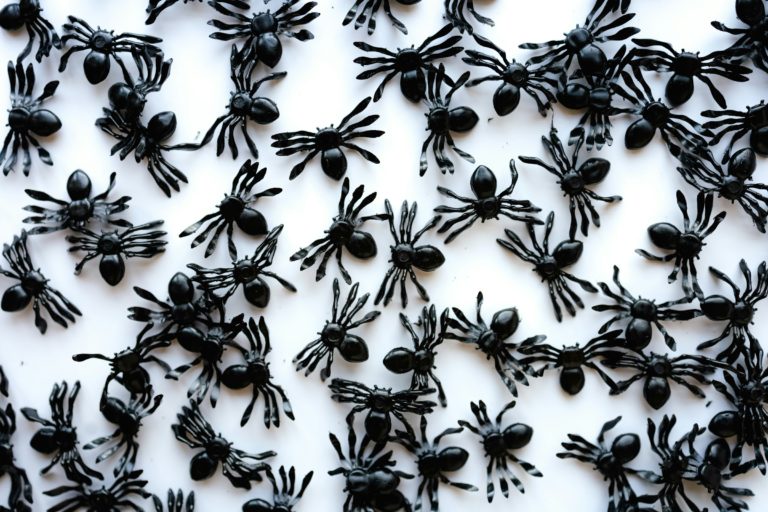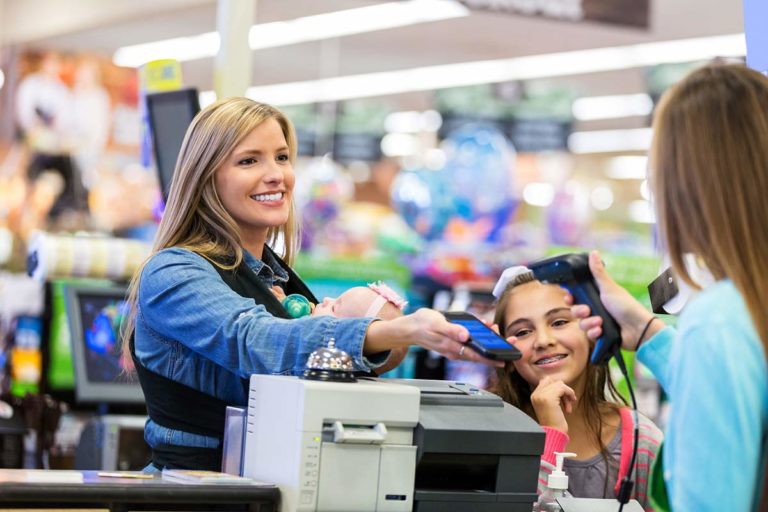The 2023 Retail Loyalty Trend Awards: Who Impressed Us?
This year we’ve discussed the trends taking over the retail loyalty space. From the race to implement new technology to trying to stand out in a sea of popular brands, the competition is fierce. Now it’s time to crown our 2023 winners. We’re highlighting the brands and campaigns that stood out for all the right reasons. Whether it’s their creative use of gamification or their ability to simplify everything and still keep people engaged, these are our 2023 retail loyalty trend winners.
Best Use of Short Form Content: Duolingo
Creating engaging short-form content to develop a connection with your audience and build loyalty is nothing new in 2023, but doing it well is becoming increasingly difficult. Leading the charge in this arena is Duolingo. Known for its mission to make learning languages accessible and engaging, Duolingo has leveraged an unlikely hero to capture the hearts of millions: a person in an owl costume. Yes, really. A slightly eccentric and somewhat unhinged, yet endearing owl, that has become a TikTok sensation.
Despite its seemingly ‘uncool’ premise as an educational app, Duolingo’s TikTok strategy has flipped this narrative on its head gaining it more than 8 million followers and 180 million likes. According to Social Blade’s stats, they’ve gained nearly 3 million followers in 2023 alone.
Duolingo’s strategy is a testament to the effectiveness of the loyalty programme embedded within the app’s design. Users are motivated to return daily, progressing through levels and unlocking new content. And this engagement is mirrored on TikTok, where the owl has become more than just a mascot – it’s a character that users interact with as if it were a real person. Here, consistency has been key. Although an unconventional strategy, the owl has been used in every single TikTok video Duolingo has posted until it has become e=ingrained into their users’ minds, and now this slightly offbeat but creative content has turned an educational tool into a social media powerhouse.
Highly Commended: Ryanair
We’ve said it before, and we’ll say it again: Ryanair’s social media team needs a raise. Their ability to poke fun at their own downfalls and discuss their reputation head on, is both humorous and endearing – a lesson in how to putting yourself front of mind with consumers is not always about being the ‘best’.
Best Use of Gamification: ASDA
ASDA earns this accolade thanks to its Rewards app, which seized on the popularity of gamification through a series of ‘Missions’. As shoppers complete these missions – like spending a set amount on fruits and vegetables – they earn tangible rewards. These rewards are always ‘pounds not points’, with money added directly to their ‘cashpot’ in the app.
According to data from Sensor Tower, ASDA’s Rewards app became the largest app in terms of monthly active users in the third quarter of 2023, overtaking Tesco. But why has it been so successful? ASDA’s approach design addresses one simple customer pain point: wanting real monetary savings. The oversaturation of loyalty programmes in the market means that to earn a place in our phones, to dedicate precious storage space to another app, and to convince us to sign up to yet another programme, the offering needs to be right.
Unlike other retailers who offer points that can be converted into discounts or used with partner brands, ASDA’s focus is on providing direct monetary benefits that customers can use on their grocery bills. This simplicity and direct value proposition make ASDA’s Rewards app stand out in the crowded field of supermarket loyalty programmes.
Best Use of Green Loyalty Strategies – Patagonia
Earlier this year, we spoke about how brands are looking for ways to reward customers and others, and that doesn’t just mean charity-based initiatives. Patagonia wins this award for its ability to foster loyalty from an environmental standpoint.
The community Patagonia has built is not driven by monetary rewards but by emotional triggers. It may be unorthodox to most brands, but the business has gone as far as to actively discourage customers from buying new clothing. Instead, it asks them to reconsider and/or repair their Patagonia products, encouraging its customers to make more conscious choices. In doing so, they have created a loyal community who have become trusted advocates of Patagonia.
Best Use of AI – Netflix
Okay, so it’s not exactly retail (although Netflix have announced they’re going to be launching retail stores in 2025…) but this is a case study worth mentioning. There’s been an explosive drive towards using AI this year and it’s not set to calm down yet. Your loyalty programmes have been using AI for a long time, but the technology is now more advanced, and the results are even better. For this, there’s no better example than Netflix.
It’s no surprise that the streaming service uses AI to personalise the content you are served so you’re never without a new series to binge. It’s a clever feedback loop that learns your interests from the actors you like and the genres you prefer, to even what types of TV shows you like to watch at different times of the day.
It can now go as far as to determine the success of a potential new launch based on the popularity of certain actors and the success of similar shows, which is pivotal when deciding what to create or acquire next. Being served what you’re looking for time after time is really all customers asking for, and Netflix has achieved it.
In fact, nearly 250 million of us are paying subscribers worldwide (as of the third quarter of 2023 according to Statista). Even more staggering, that’s 8 million more subscribers than the previous quarter. So, if you were planning to cut your subscriptions down in 2024, don’t even try it; Netflix already has a plan to stop you.
Honourable Mention: Best Use of Simplicity – Tesco
Now, you’ve just read above that ASDA is winning the race when it comes to the supermarket app stakes, and that the market is saturated. However, I want to give a mention to the trend that has proven more popular than any other this year. 2023 has been the year of the own-brand price scheme. And we have Tesco to thank for that. Way back when in 2019, Tesco’s Clubcard Prices took hold and for years they’ve reigned supreme.
Based on that, it’s somewhat surprising that it’s taken so many other brands this long to follow suit. Maybe gamification and something to keep you engaged is what you’re looking for, but many people are craving simplicity. Simply scan your card and get many of your favourite brands at a reduced price every time you shop. Points turn into vouchers and we all save money – it’s tried and tested and we all buy into it.
This year we’ve seen Morrisons (More Card), Sainsbury (Nectar Prices), the Co-op, Superdrug and more, launch their own member prices. As frustrating as the rising number of these brand-specific cards and apps may be to users, the offering is undeniable – join the club for better prices and save money or lose out. And the numbers speak for themselves: according to Marketing Week, Superdrug now has more than 17 million members and Nectar now has reached more than 18 million this year.
There may be more and more loyalty programmes out there, but in a saturated digital landscape the way in which brands differentiate themselves from the competition is more important than ever. One thing is for sure, the loyalty programme isn’t going anywhere.
Ready to see what a loyalty programme can do for your brand? Ingage specialises in developing and nurturing loyalty programmes as part of your content strategy.






